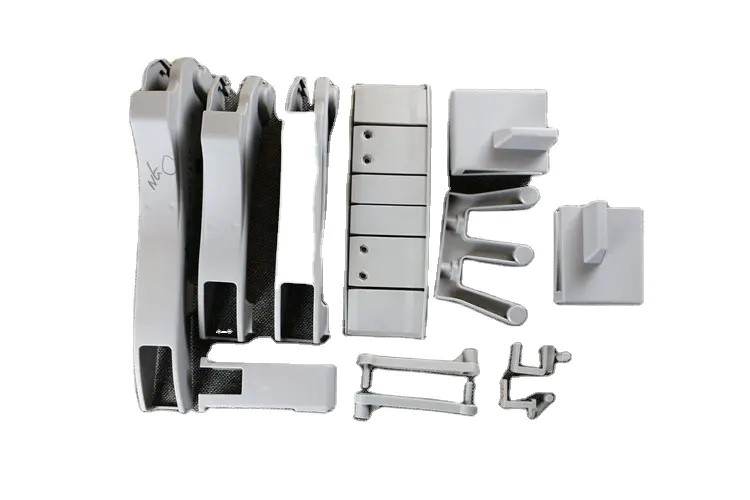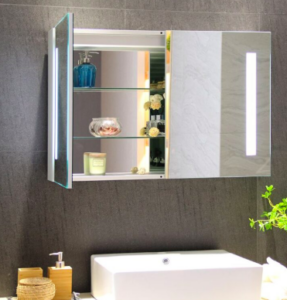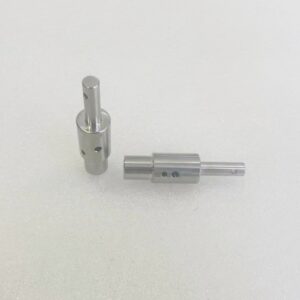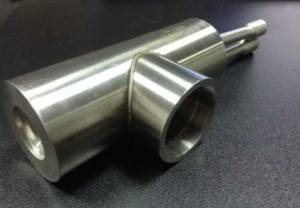Table of Contents
Toggle4 Tips for Finding the Correct Plastic Molding Size
Having a beautiful computer design or 3D printed prototype does not guarantee results are coming out of injection molding well-formed. The most common mistake is having plastic molding size variations that make it difficult for the injection process to handle. Many prototype designs look good in the theoretical stage, but the size of the final example often changes greatly from what was expected. That’s because the thin and thick sections will cool at different rates. Since plastic materials tend to cure from the outside, areas that are too thick may suffer from sink marks causing the final product to differ significantly from the design.
Maintaining a uniform plastic molding size throughout the entire design.
Knowledge related to the tonnage of plastic injection machines is very crucial during the design process. The press works by holding the mold closed, requiring less force and tonnage for smaller parts and more force and tonnage for larger parts.
Here are a few plastic molding size tips for finding the correct press size.
- Press size tonnage: Understanding press size tonnage helps determine the machine size needed for great results. For instance, a large press cannot accommodate small molds as the injection process won’t work. On the other hand, a small press has a tie bar spacing that’s too narrow; thus, it cannot accommodate large products.
- Calculating total projected shot volume and shut-off area: This is vital as the area consists of 90 degrees space directed to injection molding machine platens. In most cases a clamp tonnage of 2 to 5 tons per square inch of area is appropriate. Checking the capacity requires calculating the injection volume, which is very important. An injection molder should do it to help run flow analysis. Mold flow analysis helps determine the parts and runner volume and any factor that may cause a problem.

How do you alleviate stress caused by plastic molding size variations?
If you can’t maintain a consistent wall thickness, add ramps and gussets to the corners to alleviate stress, thus reducing the drastic warping of the parts. Besides, you can:
Change the mold: Before deciding to change the mold, there are crucial points to remember. Milling-out steel blocks produce injection molds. If metal is removed, plastic will end up in the final object. Though it’s easy to eject the metal, it can be impossible to return it. So, before changing anything, it’s better to do a tool-safe mold change. If you removed metal from the mold and later figured it out as a mistake, you can change the mold by machining/EDM-ing the blob or welding a blob.
Coring out: Coring out your design will help alleviate stresses caused by size variations. For example, rather than having a thick chunk of plastic that can sink or warp, you can opt for a piece of plastic containing fashionable ribs.
Bottom Line
A general understanding of sizing plastic molding is an important step in choosing the best injection molding manufacturer. Choose the most appropriate plastic molding size for your project to ensure the final design meets your needs.
0


